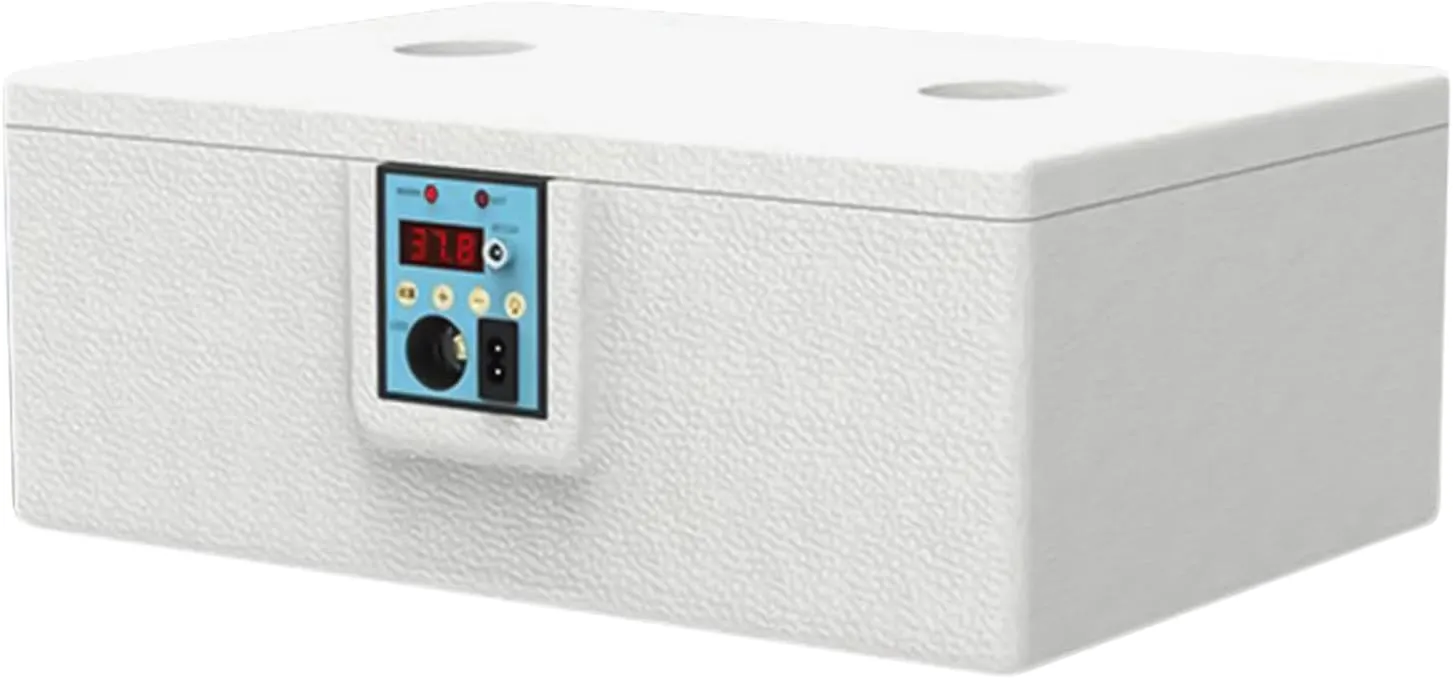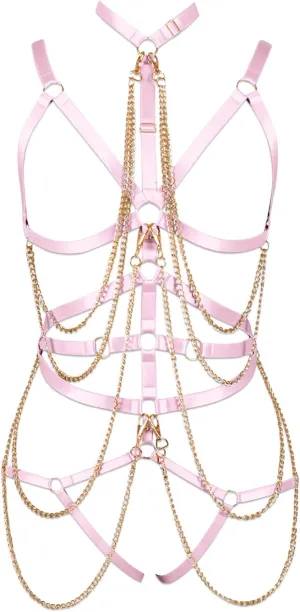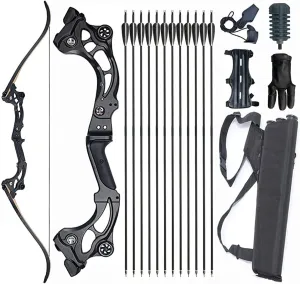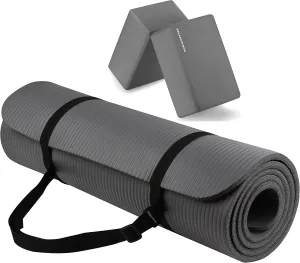- Versatile Egg Incubation: Designed to incubate up to 42 chicken eggs and fitting duck, geese, or quail eggs, optimizing space usage through adaptable multi-egg capacity features | Intelligent Home Breeding Device with Stable Temperature for Chicken
- Improved Survival Rates: Intelligent temperature control creates a stable incubation environment, supporting real-time monitoring and replicating natural maternal conditions to maximize egg hatching success consistently
- Dependable Power Solution: Engineered with a safe electrical design that eliminates battery risks, the Egg Hatchings incubator operates on direct household power and features single-power adaptation mode to reduce complexity while ensuring stable performance for hatching eggs effectively
- Comprehensive Development Oversight: Identifies infertile eggs and detects abnormal growth through step-by-step candling, ensuring key development stages are monitored for optimal visual progress tracking
- Precision and Durability: The incubator's construction from high-strength materials enables long-term durability and shape retention, even under demanding cleaning conditions Ducks Geese Quail Parrot
Product description
Smart Temperature Control: Maintains optimal warmth for hatching.
Multi-Egg Compatibility: Suitable for chicken, duck, quail, and more.
Versatile Use: Ideal for farms, labs, classrooms, and homes.
Reliable Performance: Ensures consistent incubation conditions.
Educational Tool: Great for science projects and learning.
Home Breeding Friendly: Supports small-scale poultry raising.
Specifications:
Name: Egg Incubator
Product size: about 43.5x32x15cm/17.13x12.6x5.91 inches
Material: ABS electronic components
Function: hatching chicken eggs, duck eggs, quail eggs, geese eggs
Guide to egg candling:
First candling: chicken embryos are incubated for 5-6 days, duck embryos are incubated for seven days, and geese embryos are incubated for 8 days. The purpose is to observe the development of the embryos and pick out infertile eggs, dead embryos, and broken eggs. At this time, the embryos that develop normally have a distinct vascular network that is distributed radially, and the diffusion surfaces occupies 4/5 of the egg body. There is an obvious black dot when candling, commonly known as a "single bead"
Second candling: chicken embryos are incubated for more than 10 days, and duck embryos and geese embryos are incubated for more than 20 days
Packing List:
Water bag*1
Watering can*1
Insulation cotton*1
Heating pad*1
Incubator*1
Charging cable*1
Note:
Due to different lighting and screen settings, the item color may be slightly different from the picture.
Due to different manual measurements, please allow a 1-2cm difference in size.
Single-power models can only use household electricity, and cannot be connected to batteries
Manufacturer Contact Information
Refer to description












